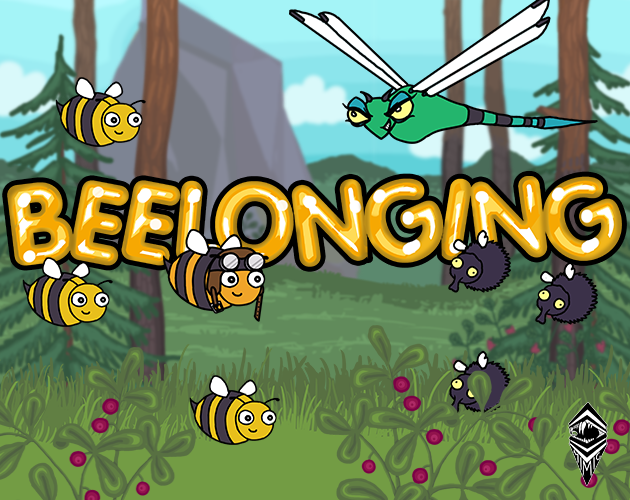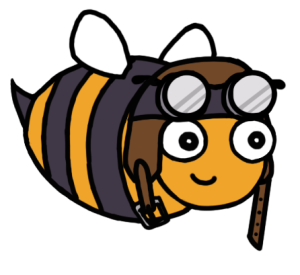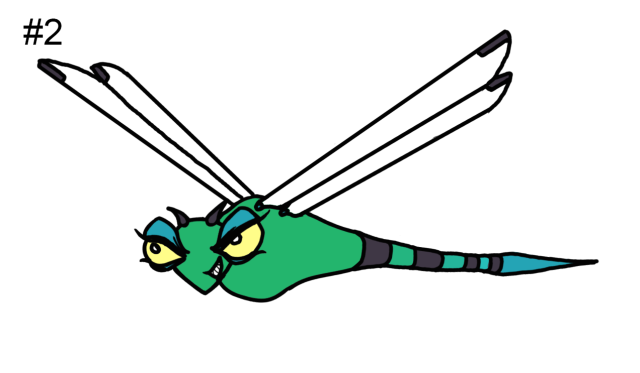“Be(e)longing; playing should feel like be(e)ing part of something bigger” – aesthetic goal

If there is one word I’d pick to describe these last ten weeks it would have to be intense. It comes as no surprise that making games is just that, but it is another thing entirely to actually experience it. Even if Beelonging wasn’t our own concept from the start, I think I can say I’m speaking for my whole team when I say that we all became attached to it fairly quickly. If it was because of the wholesome aesthetic goal, the cute bees, or something else entirely is hard to say, but regardless it has definitely been a joy to work on. When you’re working on something you’re passionate about, you really go the extra mile to make it as good as possible, even if it means putting in a lot of extra effort and time.
The end product is something we’re all proud of, and its almost difficult to grasp that we actually made it. That being said, there is of course things that could’ve been improved. Therefore, I’m going to break down the final result into a list of particularly good things and some things that could’ve been better.
What was good
- First and foremost I must say that one of the things I’m the most proud of when it comes to the end result is that we managed to make several different levels, and a boss fight (and a tutorial). It makes it feel like a complete game, which has a definitive beginning and end.
- Being two graphics with two different art styles, I’m happy that we managed to create an art-style which worked for both of us, without making the assets we made look too different. In general I’m also just pleased with the game’s visuals, how the characters and the background assets turned out etc.
- The sound effects we recorded and edited also turned out great, and fits the design of the characters. The sound effects really add a lot to the game, and makes it more enjoyable to play.
What could’ve been better
- As someone who is somewhat of an perfectionist (when it comes to my own artwork at least) I feel like the background could’ve used more polish, or honestly a complete rework. As it was now it was kind of rushed together towards the end of the project, with all team members working on putting out the pre-produced background assets throughout the levels. While I think it turned out good, I would’ve personally liked to have more of a planned approach to the background visuals. Ideally I would’ve liked to have a background that fits the narrative of the game; where it goes from a brighter less dense forest/meadow in the first levels and progressively gets darker as you go deeper into the forest and closer to the bear. This could’ve also added more interest to the levels, as we got feedback that some of them were a bit too repetitive.
- More polish, in general. Fixing some minor things here and there, improving the intro animation, fixing some off brushstrokes on the win-screen.
- Finding a song that is less repetitive, or just add more songs, some play-testers pointed out that after five levels of hearing the same track over and over again they started to get a bit tired of it.

So, what to take from all of this into future games?
I think that one of the mistakes we made (and this mostly has to do with the background) was to not plan enough. While we did put everything that was supposed to be created for the game in the product backlog, we didn’t go trough everything thoroughly. I also think it could be good to set goals of when things should be finished (or at least at their first iteration) from the start, so you don’t just pick random things from the backlog every sprint. I do think we were more structured than that, but its still something worth keeping in mind for the next game.
Everything we make and implement should be reviewed based on the MDA framework. While I think all of us had our aesthetic goal in mind while working on the game, I feel like it could’ve been discussed more.
On a more practical level I’d like to make future line art more smooth. There should also be a agreed upon resolution for assets, how big sprite sheets should be etc. Having an established color scheme is also to be preferred, while I think the colors worked well in Beelonging they could’ve been more coherent.
Lastly, to end this way too long post, if you’d like to play the game yourself you can do so here! It is playable in the browser, but if you’d like to see the cut scenes you’ll have to download it 🙂
I think that is all worthwhile I had to say, thank you for reading! 🐝













